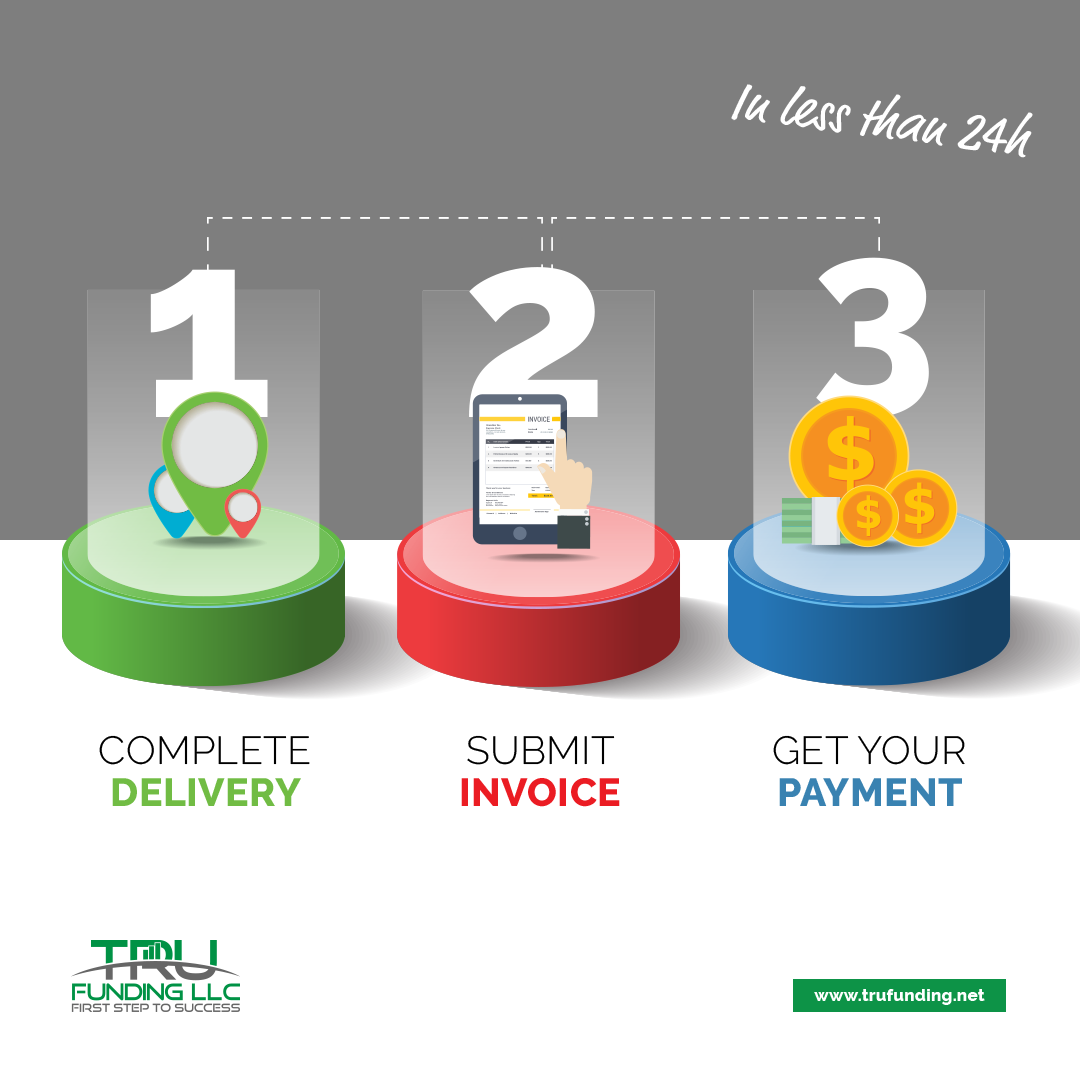It’s 2020, trucking companies are basically those which keep our economy moving these days! Market rates are blooming, truck drivers are more than needed in every company, and factoring companies are there to step in and help out both carriers and brokers!
Whether you have one truck or a huge fleet, you can benefit from choosing the right freight factoring for your business.
Factoring, what is that?
Let us explain you the process real quick:
First of all, it is NOT a loan, the factoring company buys invoices from your company within 24 hours of delivery and charges a small percentage. The factor takes on the burden of collecting unpaid invoices from brokers and once they are fully collected, the factoring company you entrusted your business with, pays you the rest of contracted amount.
So, how does this benefit me?
Trucking companies transport loads all across the country on a daily basis, they deliver loads and sometimes have to wait up to 90 days for payment. Meanwhile, you need cashflow in order to cover your weekly expenses, such as the cost of fuel, to pay employees, keep trucks serviced, insurance, rent, etc. Simply said – they are laying out a lot of money for operating costs.
And this is where we step in, TruFunding LLC will provide you with immediate cash flow to help your business operate. It eliminates the wait period for your payment and within 24 hours of contracting, you will have cash.
This cash flow enables you to expand your fleet, hire more drivers, eliminate unnecessary accounts receivable positions, lower risk, etc.

And here is what to do if you need more information or you want are ready to get started:
Sign up online for free on our website www.trufunding.net or contact us today to speak with one of our highly skilled representatives +1 866 706 0919



